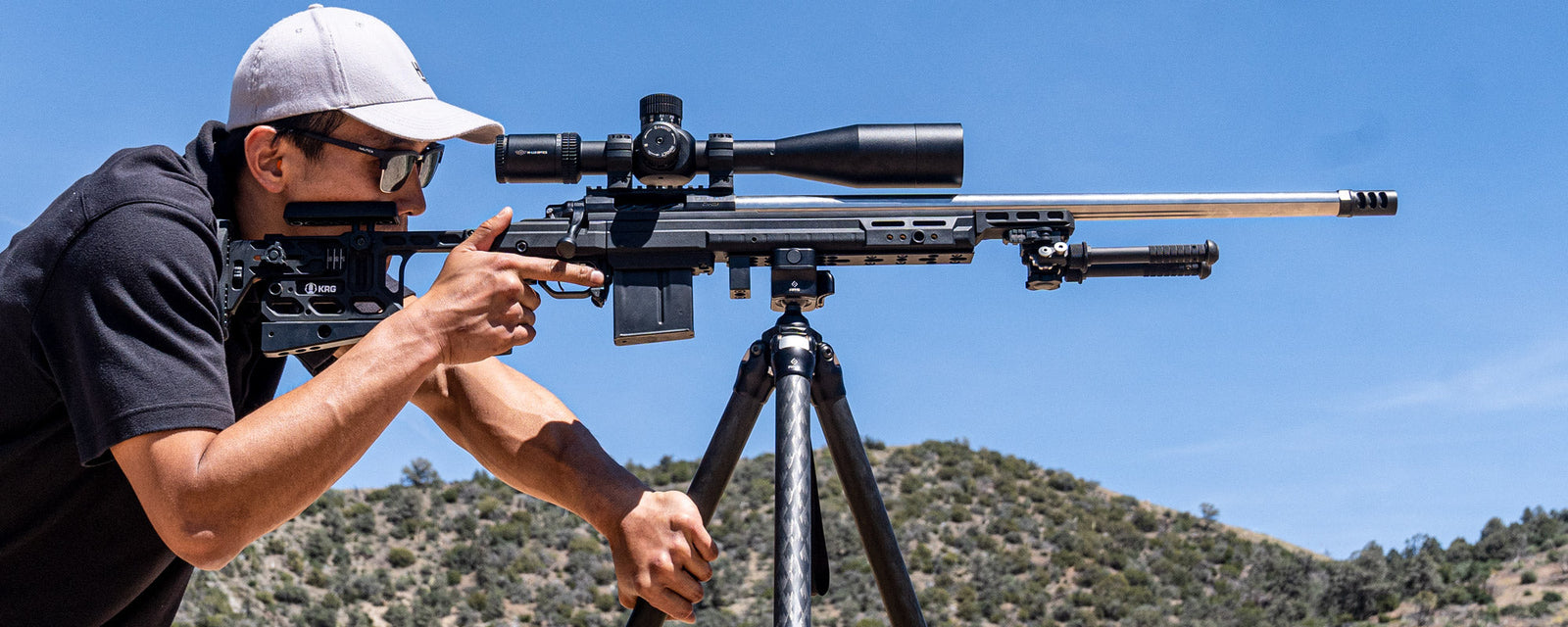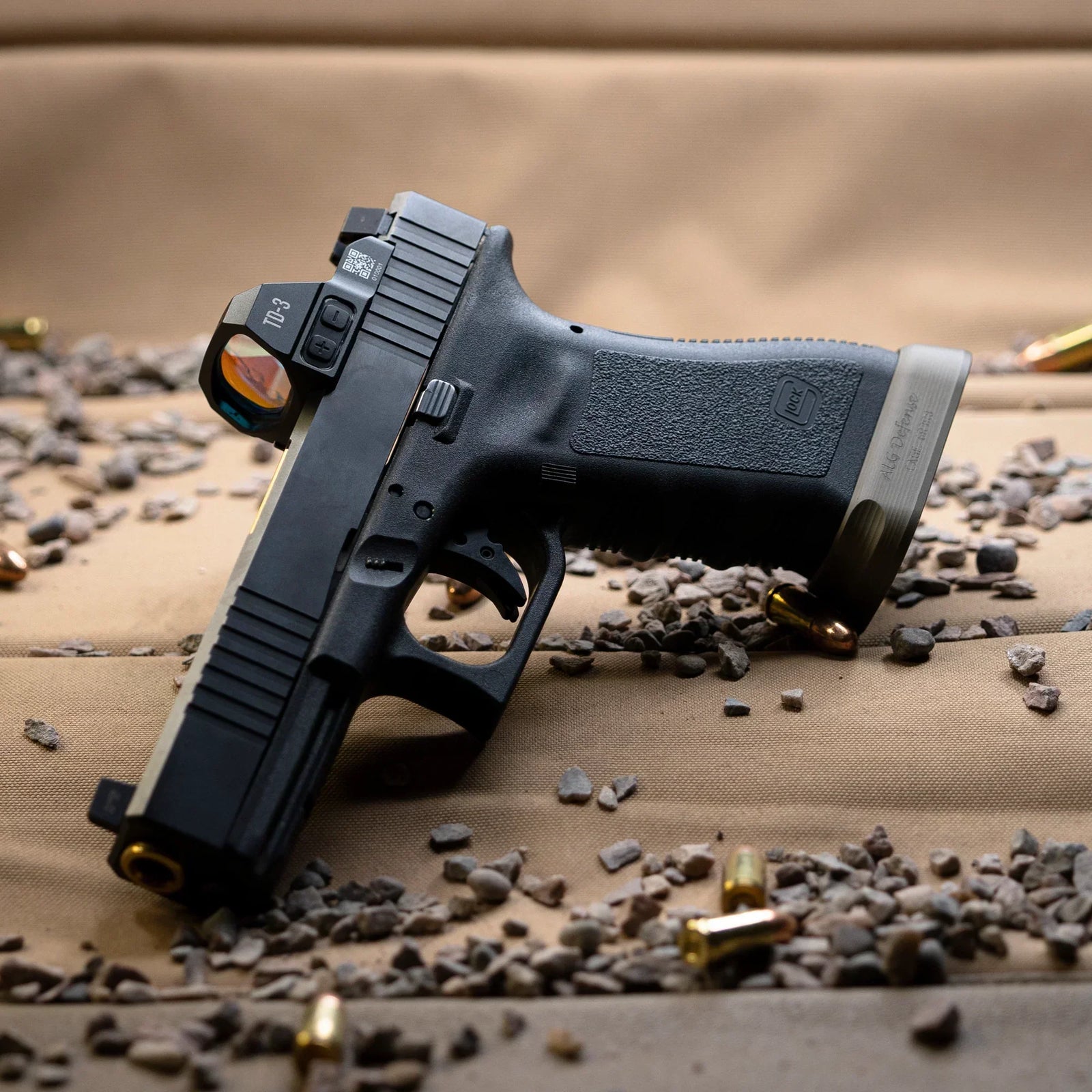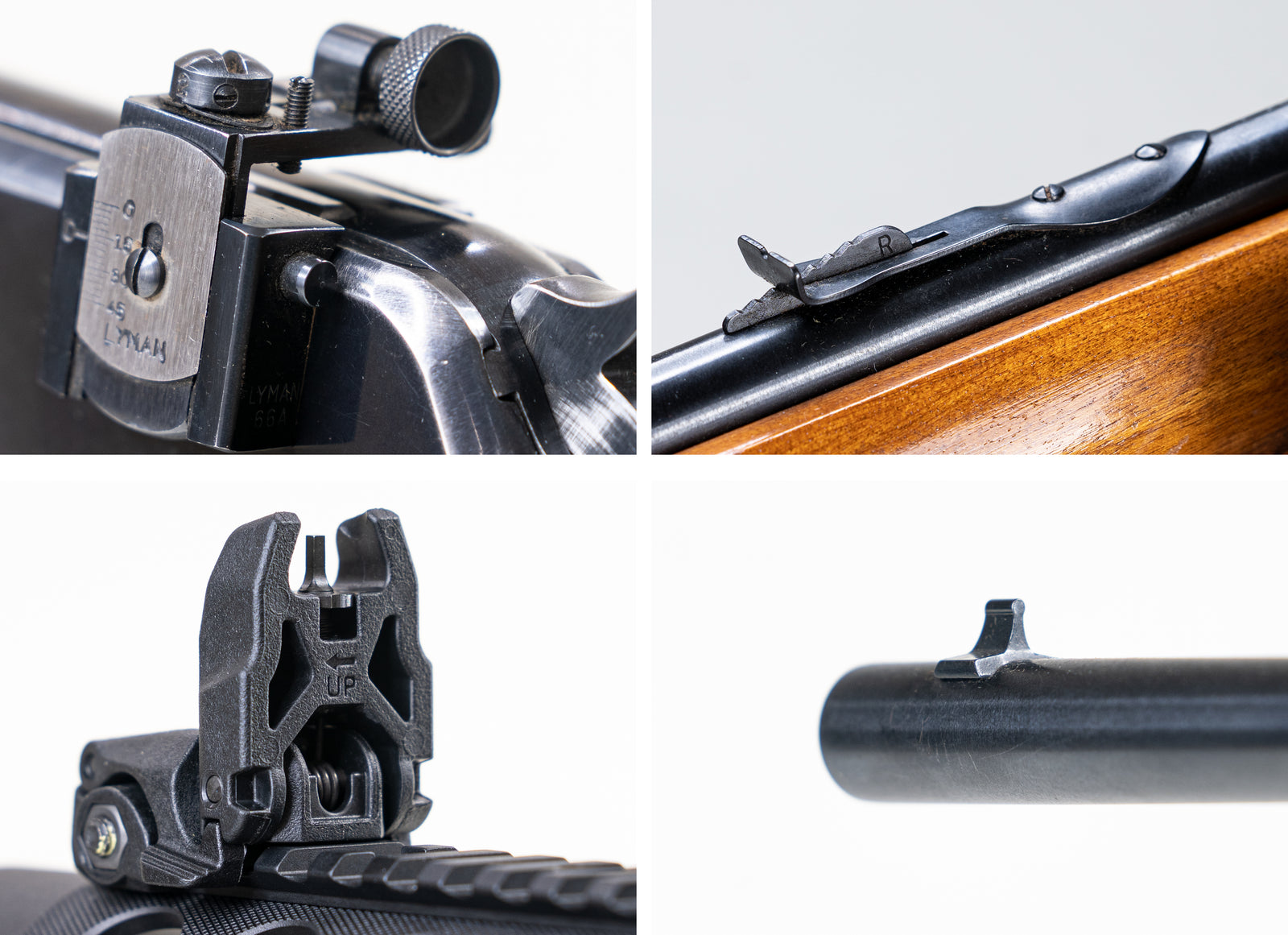Is there a detriment to using steel cases instead of brass? Spoiler alert - sometimes, yes.
There’s actually a good handful of drawbacks, but I’ll phrase it by talking about what brass is better at:
Brass is more forgiving in the long run. It can be reshaped and resized, trimmed and tumbled, annealed, crimped, and all the other reloading steps a surprising number of times. Steel is just not as friendly towards reloading. It is also more brittle and more prone to corrosion than brass.
At the moment of firing, brass expands to fit the chamber. This means less pressure loss (so - more pressure devoted to pushing the bullet forward), and a better release of the bullet (in the case of neck crimping. In other words, it’s more springy, forming better to the shape of the chamber. Steel is not nearly as good at this.
Brass is also naturally more lubricated than steel. Steel has a somewhat rougher surface texture, and a greater tendency to stick in the chamber after firing. Certain firearms that are designed for steel-cased ammunition include a stronger extraction mechanism.
That all being said… Brass is a little more susceptible to the dreaded case head separation. That’s when the butt-end of the case tears away from the rest of the shell. I’ve had partial separations on brass ammo from 1943. It’s a pretty rare occurrence unless something has gone terribly wrong, or the ammo is in poor condition.
At the end of the day, brass has more benefits than steel by a wide margin. There are only limited situations where steel might be the right choice, and a good number where it really doesn’t make much difference.





Leave a comment (all fields required)